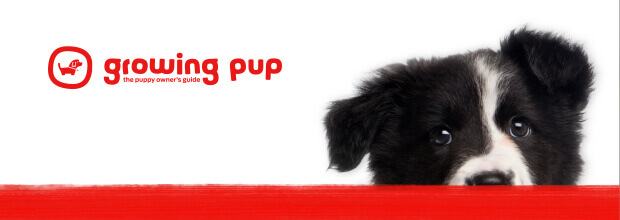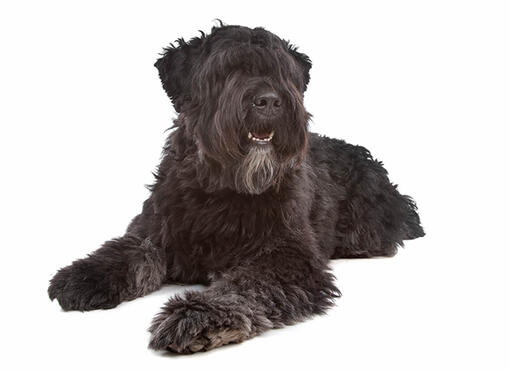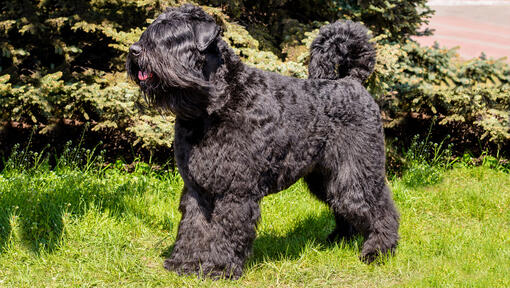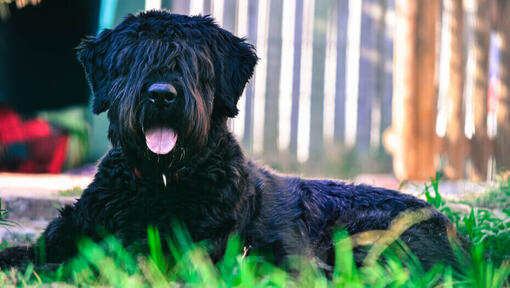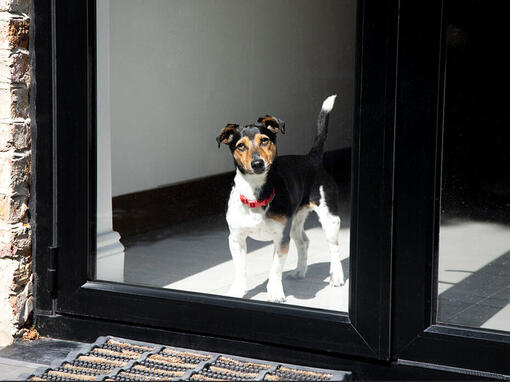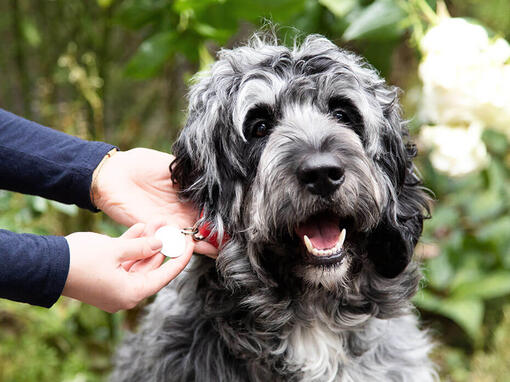History and Origins
Country of Origin: Belgium
The Bouvier des Flandres has a rather uncertain history, as many working types do, being selected and bred for working ability rather than appearance. Belgium and France had a number of similar working breeds including the Bouvier des Ardennes, the Bouvier de Roulers and the Bouvier des Flandres, however these were very much types rather than recognisable breeds with any kind of written breed standard. It is thought that the Bouvier de Flandres was developed from Barbets, Brabanters, Schnauzers, Griffons and Beaucerons, although it is likely other breeds were involved too.



